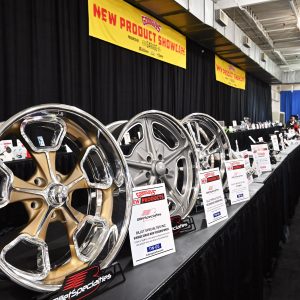Street Rods
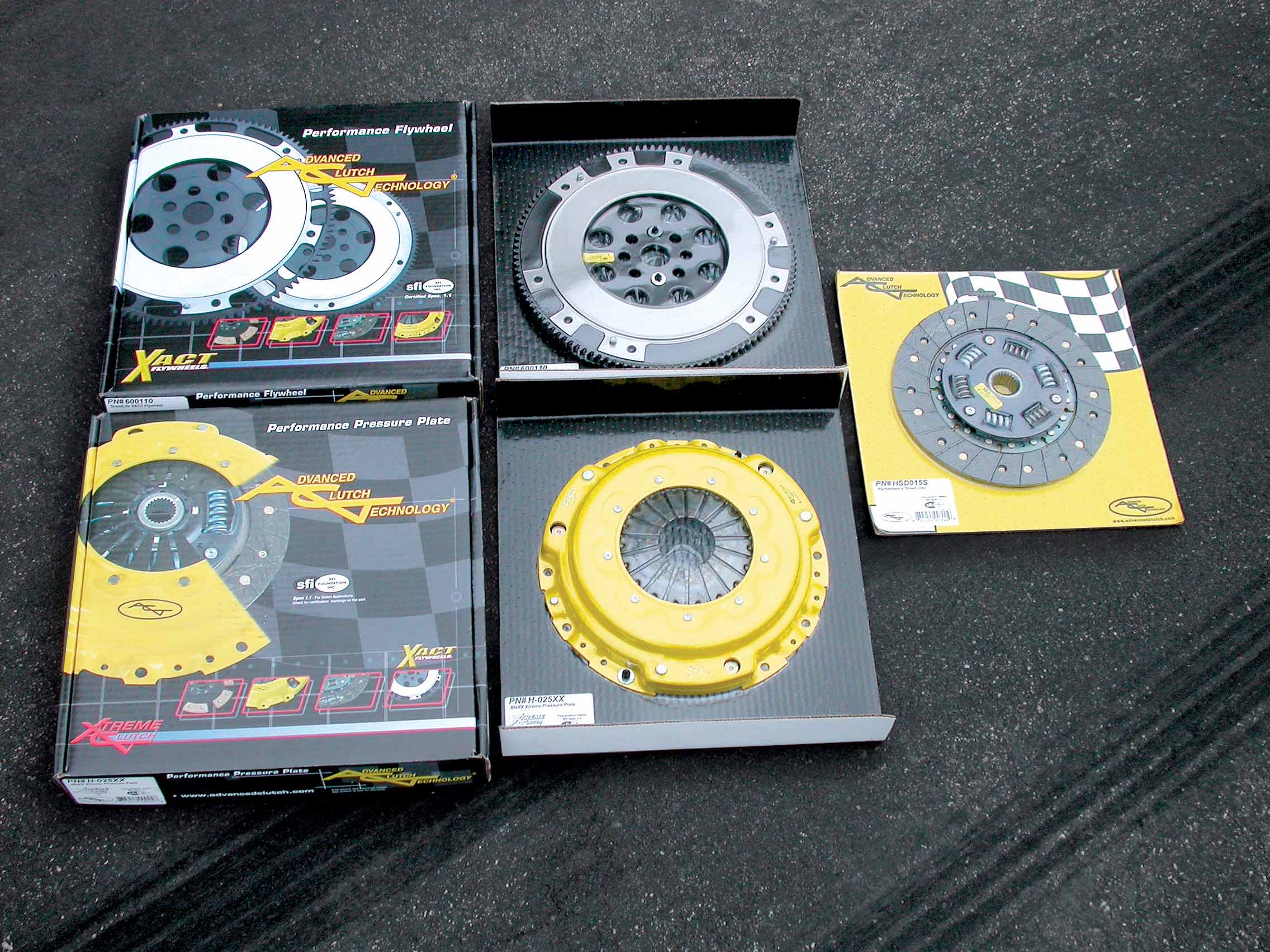
Though clutches rank below power-adders on the desirability scale, they are every bit as important. In fact, you’d be better off not spending the time and money on a trick blower or turbo kit if you do not plan on upgrading the stock clutch assembly. Sure, it is possible on some applications to improve the performance of your motor without a clutch and pressure plate upgrade, but you can only take things so far. Eventually, the engine will let you know by racing to the moon when you least expect it. Your clutch will likely slip under full throttle, and most probably at the highest load. Better hope you have a rev limiter or things can really get ugly. But have no fear … Advanced Clutch Technology (ACT) has come up with a variety of effective combinations to cater to the needs of performance enthusiasts and racers.
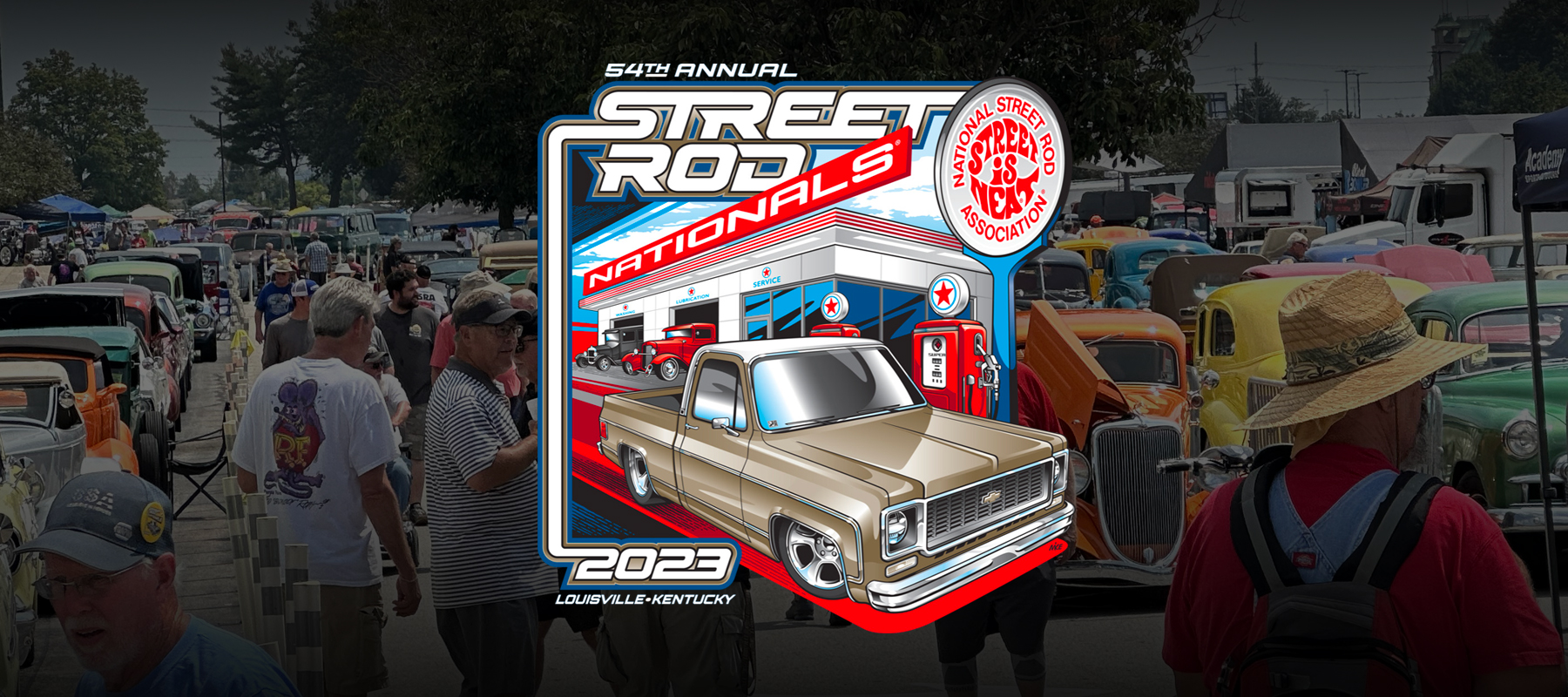
Every year, the NSRA Street Rod Nationals hosts an event to showcase the newest and most advanced automotive products. These products compete for the title of “New Products of the Year,” and one exceptional item is awarded the NSRA New Safety-Related Product of the Year. These innovations have played a crucial role in making car construction simpler and improving driving safety, and they have become industry standards over time.
Throughout the years, we’ve seen a wide variety of products gain widespread recognition and become essential tools that greatly aid in building cars and making driving safer. Now, let’s take a look at some of the groundbreaking new products featured at this year’s event.
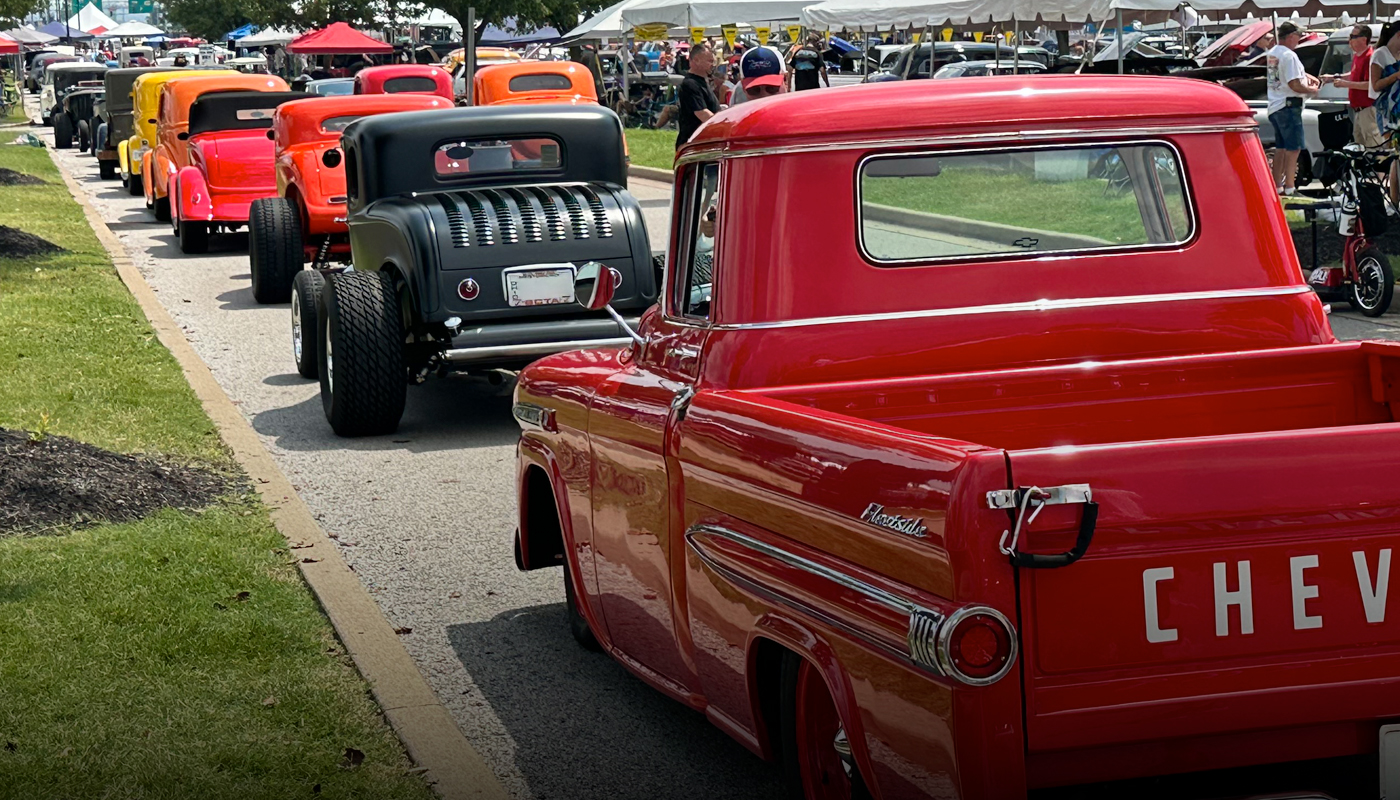
Every year, automobile enthusiasts and vintage car aficionados gather in Louisville, Kentucky, for the highly anticipated NSRA Street Rod Nationals. This event is a celebration of automotive craftsmanship, where classic car owners and builders from around the nation come together to showcase their meticulously restored and customized street rods. The show offers a unique blend of nostalgia and innovation, as attendees are treated to a mesmerizing display of vintage vehicles, creative modifications, and impressive engineering.
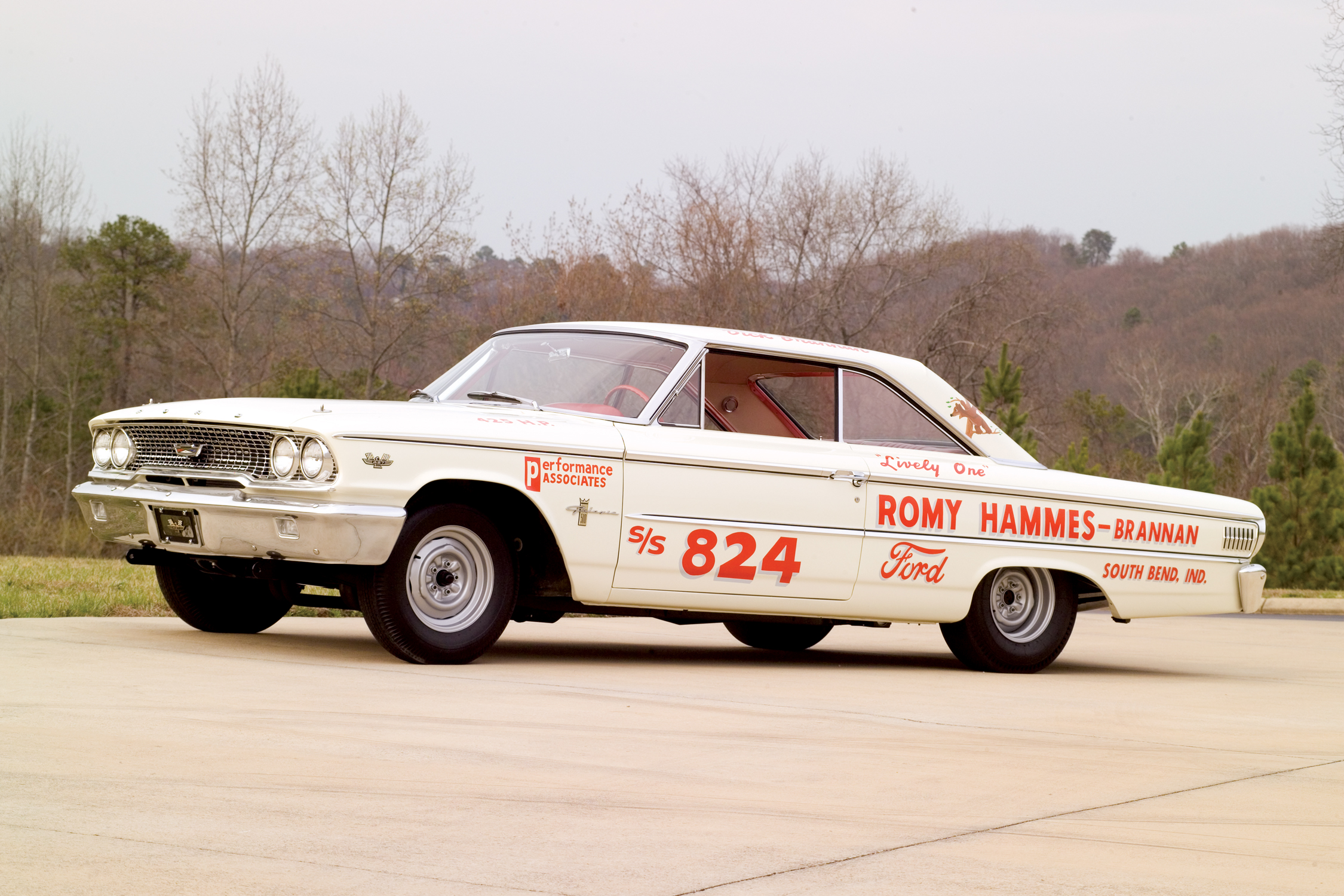
Having already gathered a number of special Fords in his collection, Tennessee’s Kayo Erwin was more than pleased when he first located a ’63 Ford Galaxie lightweight. It was in relatively good condition and certainly ready for a complete restoration, although not all was as it seemed. What Erwin didn’t realize was that beneath the numerous layers of paint were the remnants of true history, and if not for the vision of Erwin’s wife, Brenda, the dramatic finding could have been wiped away forever. Ready to chemically strip the body of its outer layers, Brenda’s concern over what might be hidden beneath led Erwin’s restoration team to take a more involved path that would eventually uncover a truly amazing discovery. Slowly but surely, with each pass of the dual-action sander, a little more evidence came to light, first with one word, then another, and then three words that would prove to be very informative: “South Bend, Indiana.”
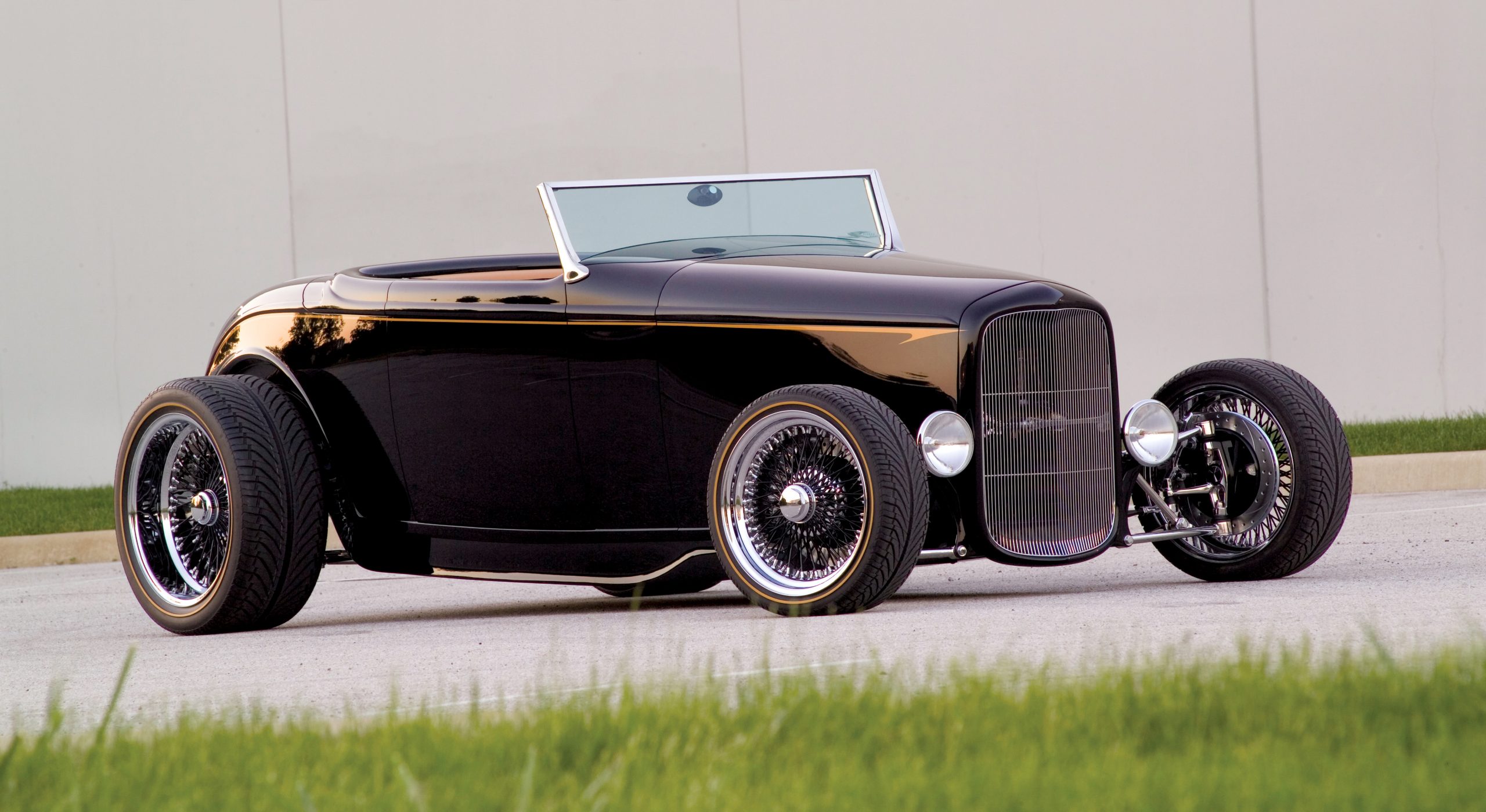
If you think you’re particular about your street rod—the quality of the build, the effectiveness of the drivetrain and chassis, and the aesthetics of the entire effort—consider what it must be like for someone who has specialized in high-level manufacturing for most of his life.
So it’s been for Joe Stuban, a lifelong car enthusiast who has been closer to the source of automotive invention than most us will ever have the chance to explore, creating tens of thousands of stampings and assemblies for every imaginable vehicle that’s rolled out of Detroit over a period of 25 years. Yet, while his experiences have certainly been a blessing, in that he knows what it takes to achieve greatness, it’s that much more of a challenge to attain those goals building the cars he loves so much.
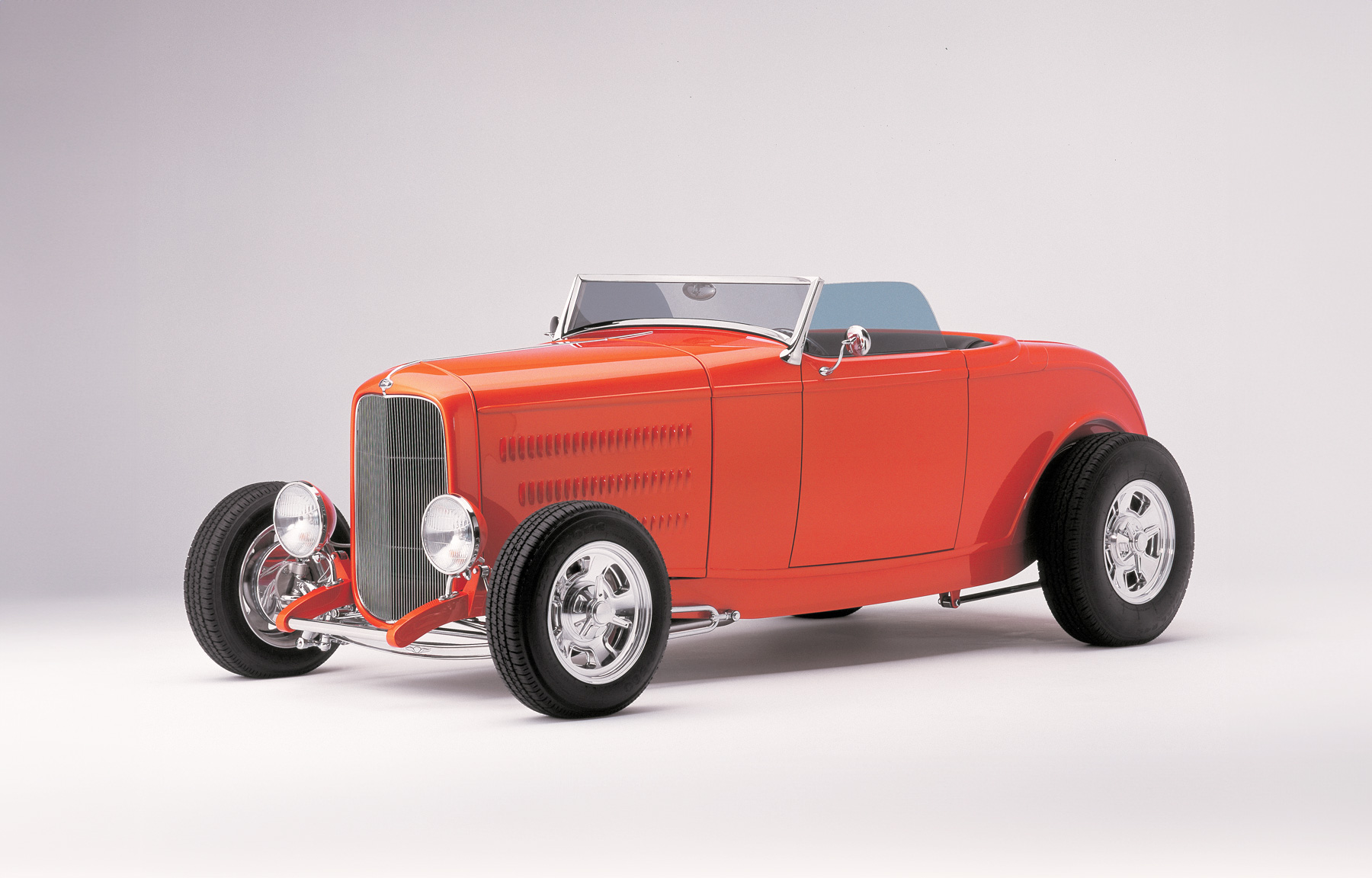
In the midst of all the wait comes this brand-new and, dare we say, quite revolutionary roadster/convertible, and a whole new wave of “…there’s not a chance.” Opinions surfaced. We took the high ground, as we have sat and listened intently to the plans for HRH, have visited facilities where some of the early work had been done, and are of the opinion that what the company has set out to do is not much different than any of us, only HRH bit off a whole mouthful.
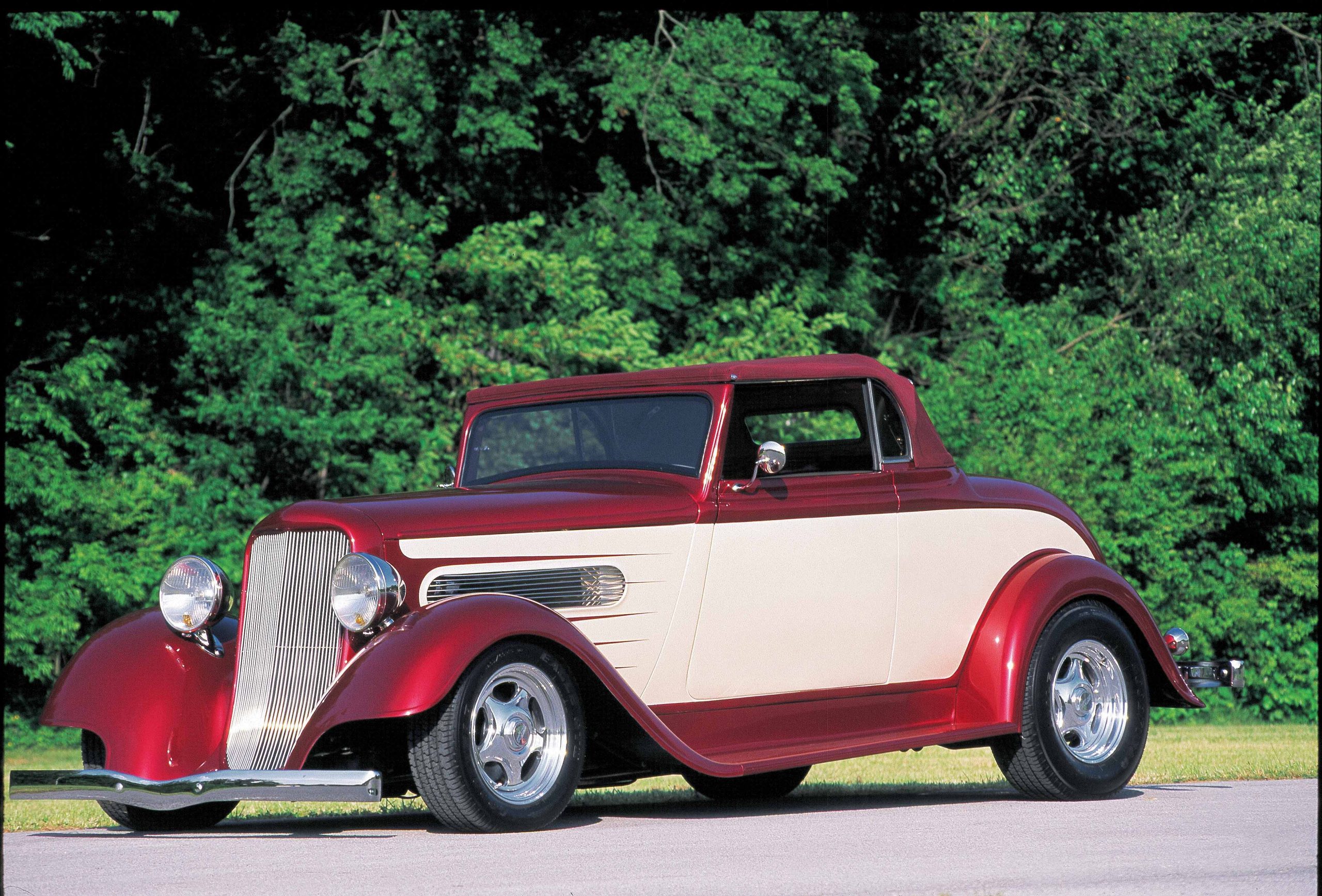
For 1933, Dodge had a full line of automobiles, and the salesmen of the day no doubt touted that there was a Dodge model perfect for you. But of all the sedans, coupes, convertible sedans (of which only 13 four-door convertible sedan eight-cylinder models were built) and station wagons, the convertible coupe was no doubt the most stylish of the bunch. The ’33 Dodge convertible coupe was a rare car in 1933, with only 1,563 units being produced, and, of course, there were 56 more built with the eight-cylinder engine. So, while the convertible coupe was a strikingly good-looking automobile, it was not the best of times, and the practicality and affordability of coupes and sedans far outsold the convertibles of the time. Today, finding a ’33 Dodge convertible coupe is truly a challenge.
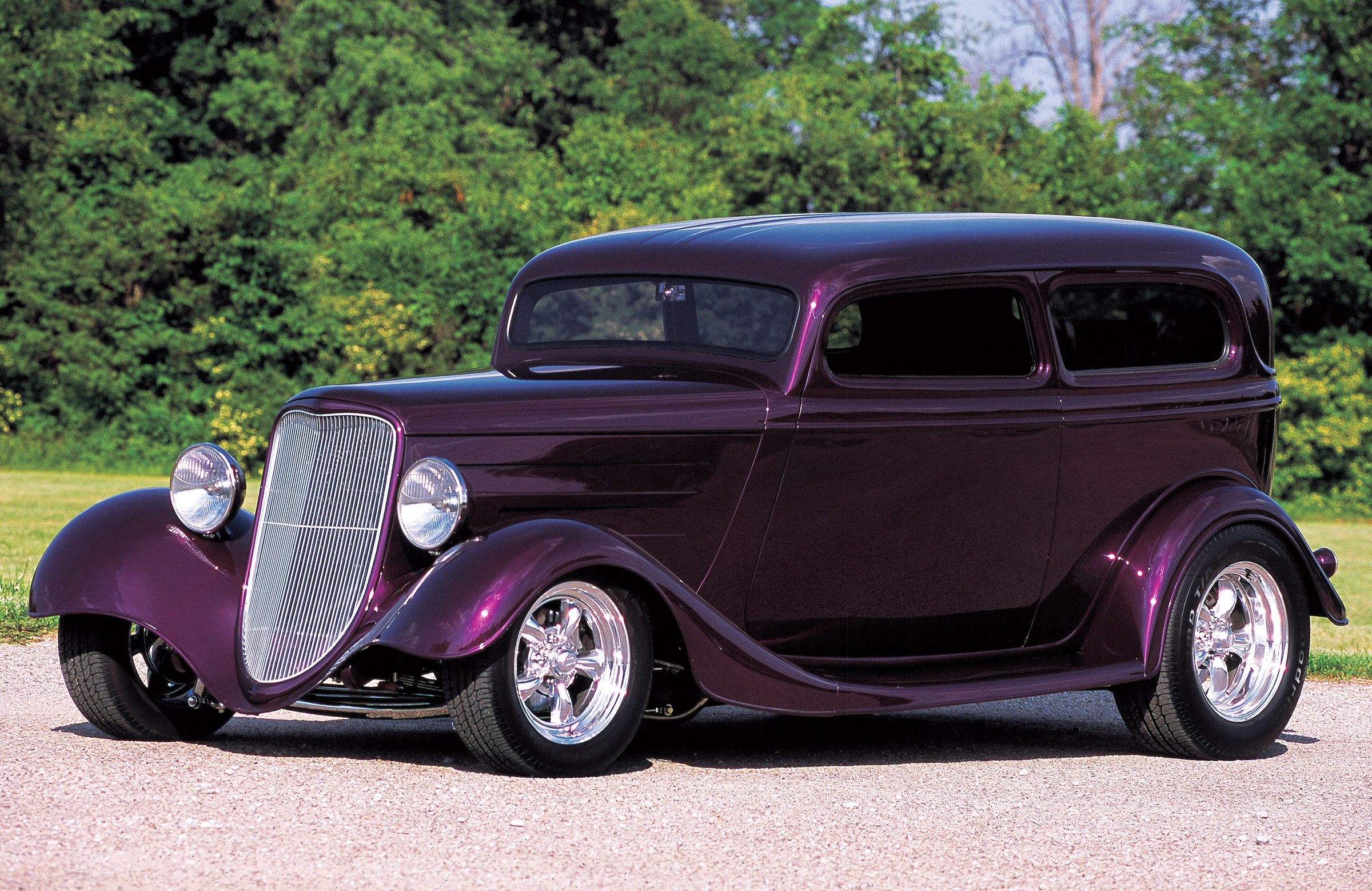
Greg Harris has been a car enthusiast for years and has built a number of muscle machines and classic trucks. He has had loads of fun with late-model cars, but he couldn’t shake the fact that he really had the yearning to build a street rod some day. His friends knew about his longtime goal, so when one of them found a partially completed early sedan for sale, he told Harris about the car. Harris went to take a look, and as it turned out, the car was a half-finished all-steel ’33 Ford two-door sedan powered by a 427 Chevy engine. He immediately knew he had to buy the sedan—it was just what he was looking for. He made a deal with Clark and Bridgett Short, the folks who started the project, and brought the ’33 home.
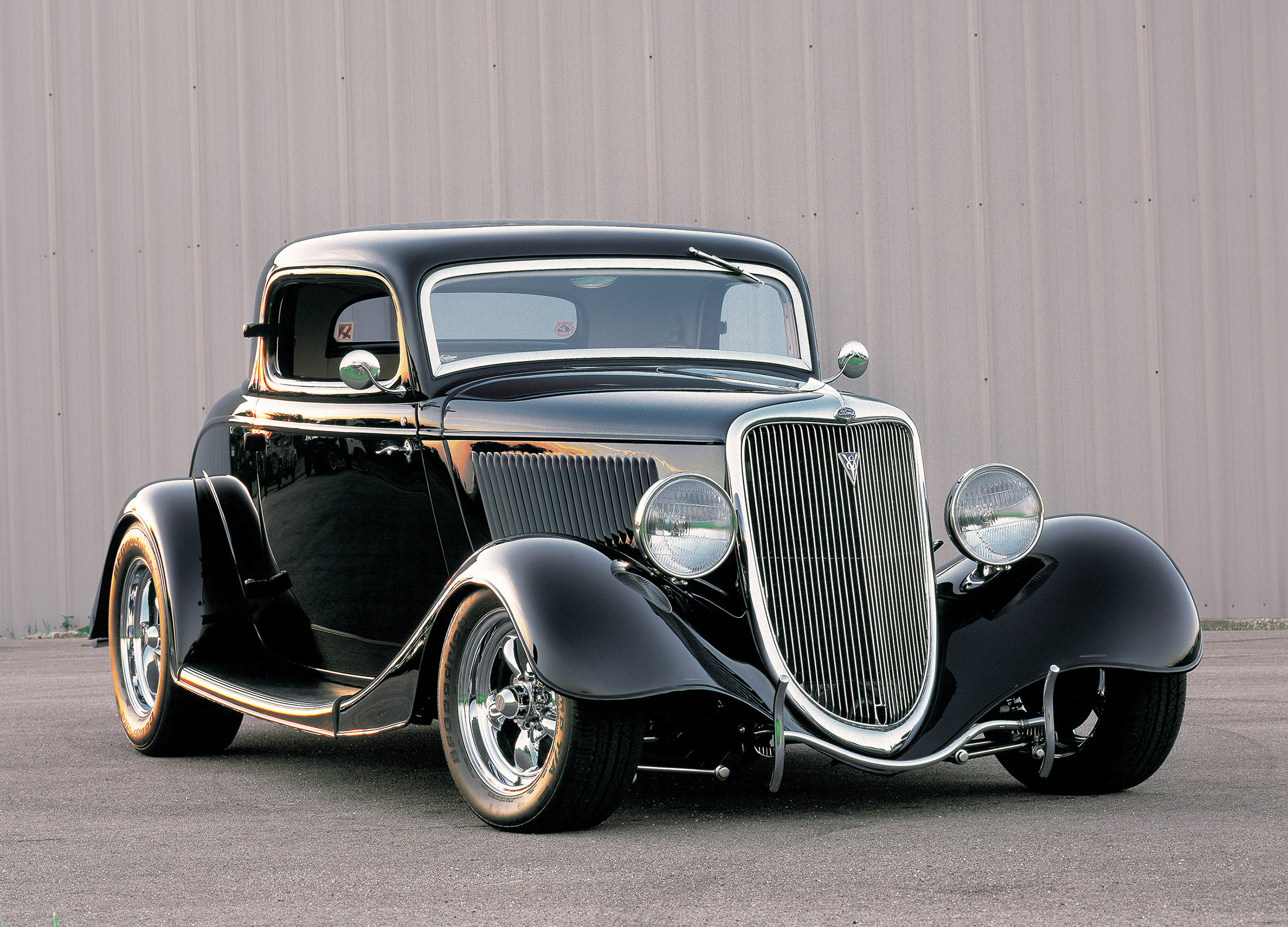
Sometimes building a street rod can be downright exasperating. The amount of money involved and the stress of chasing down parts and coordinating the efforts of multiple shops can lead to a fair bit of tension in any owner. How many times have you heard someone say something along the lines of: “That damn car’s going to give me a heart attack!”? Odds are you’ve heard it or even said it at least once or twice if you’ve been involved in rodding for any length of time.
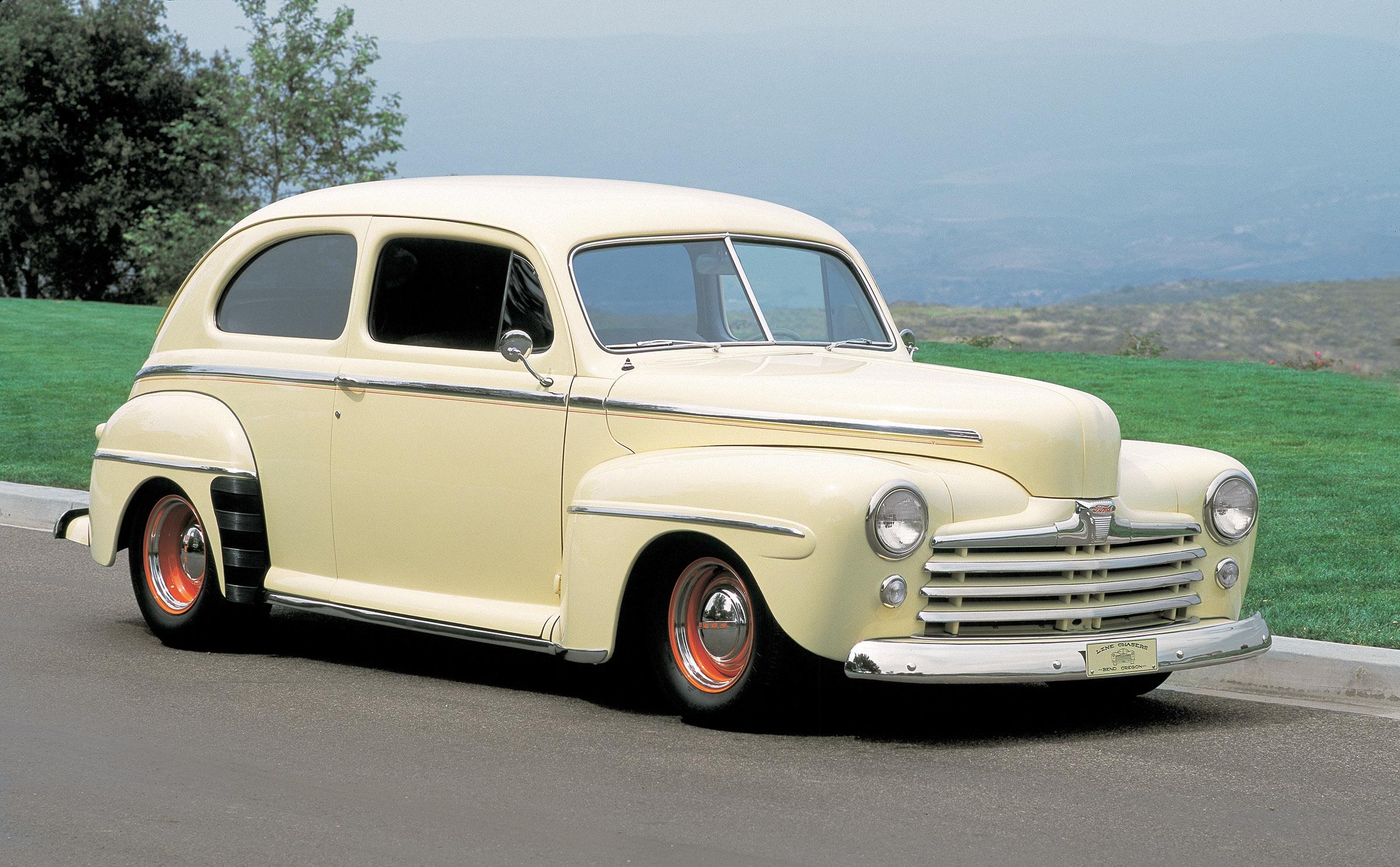
When we were at the NSRA Nationals last year, we came across a nice Pontiac sedan that we just had to photograph. It was different, super clean and it had fantastic detailing that made you come back for a second look.









